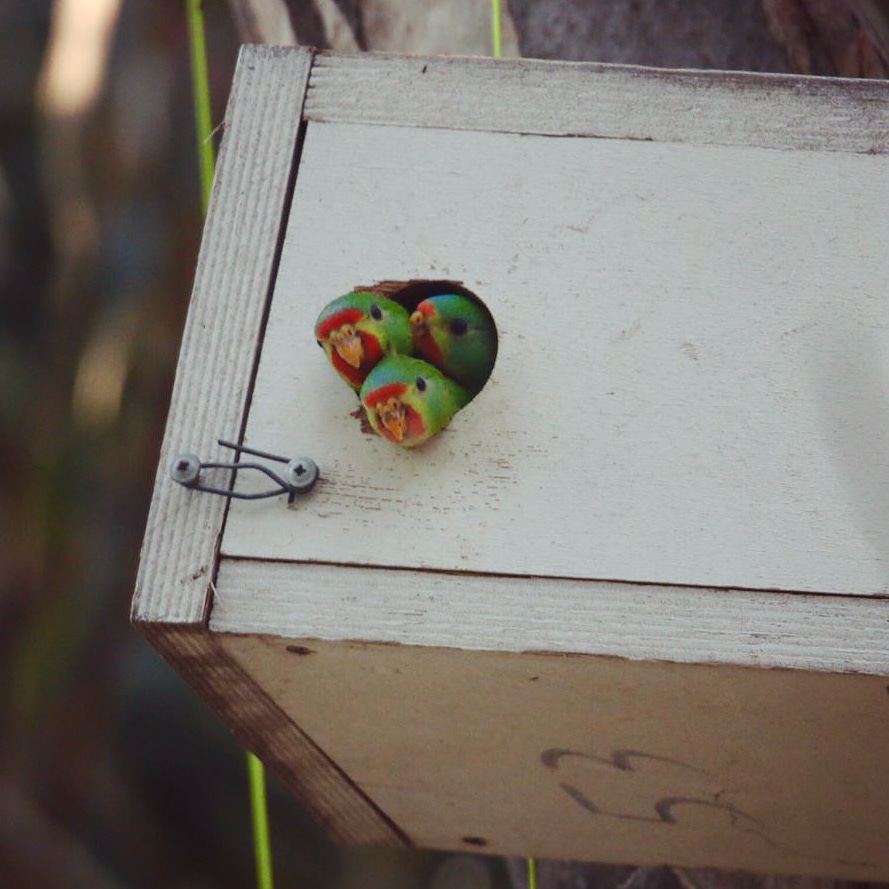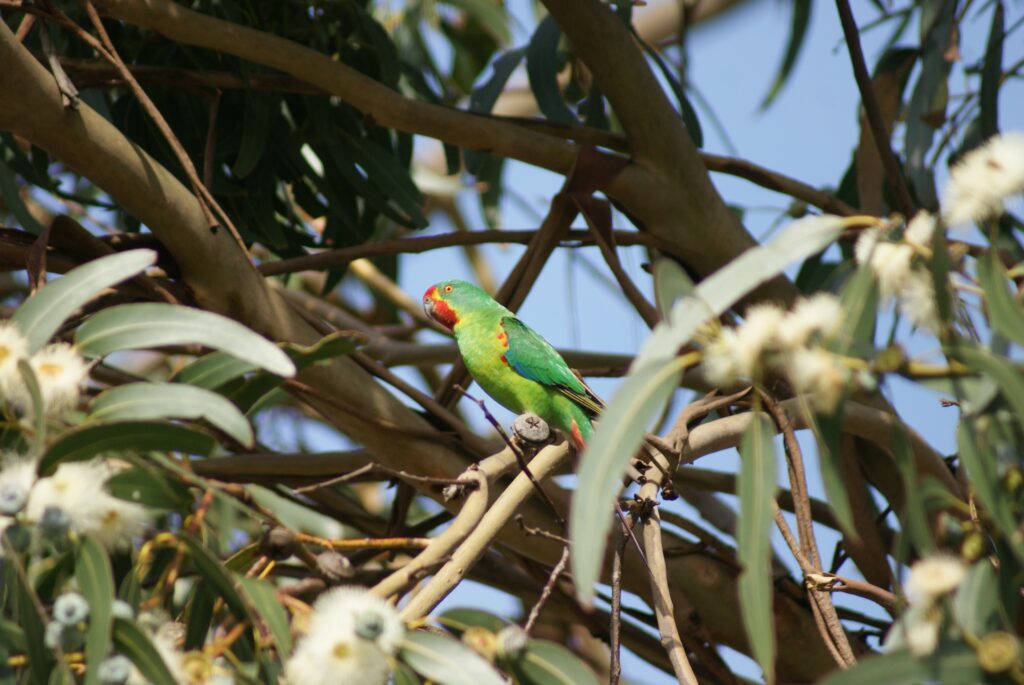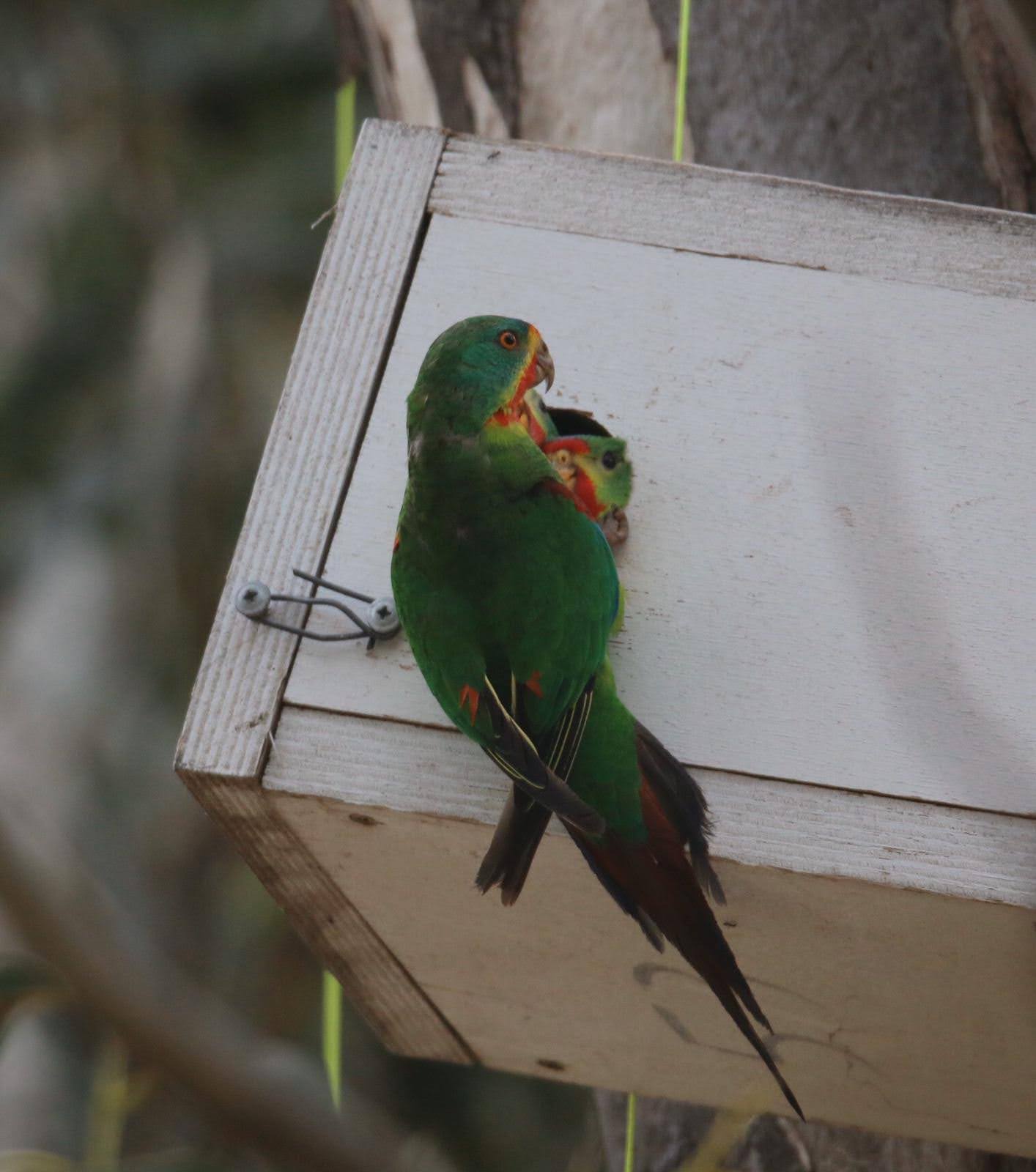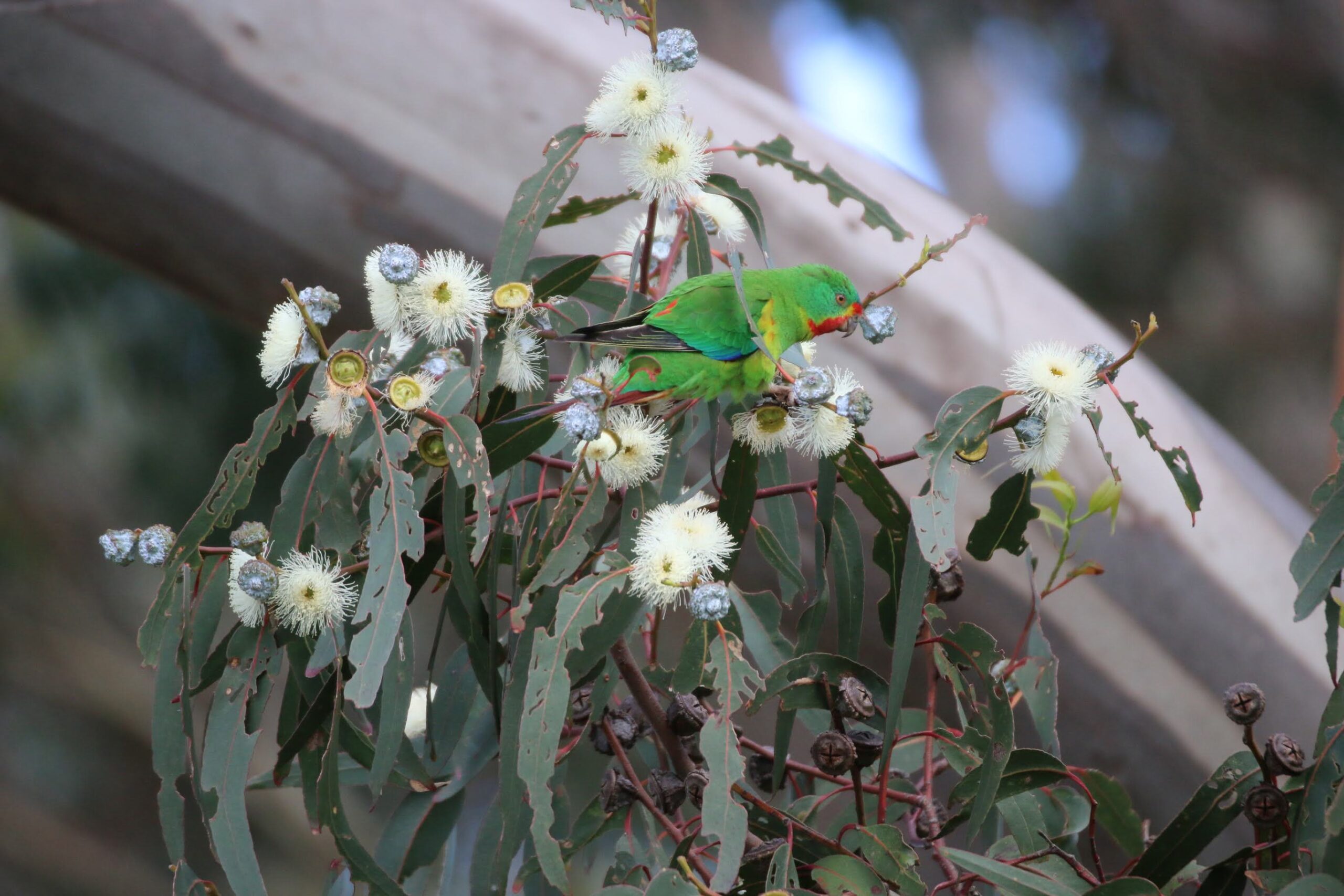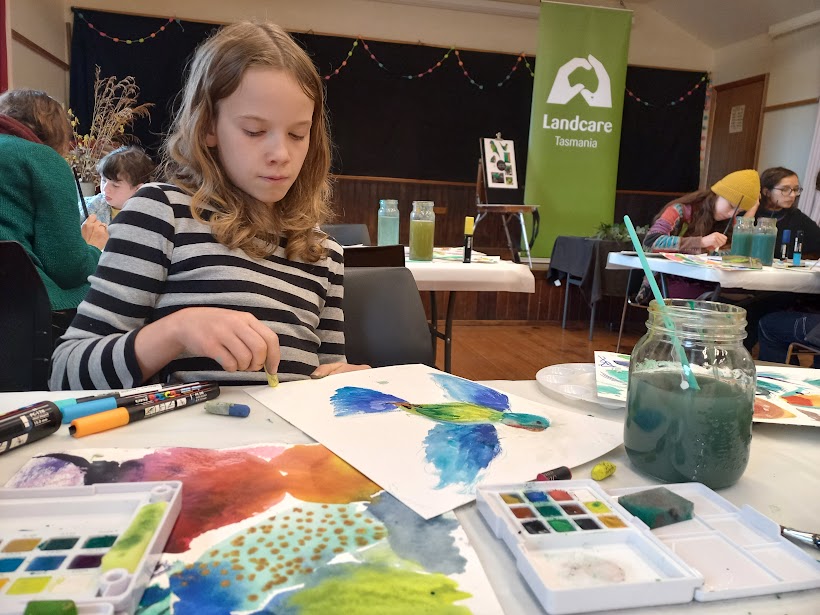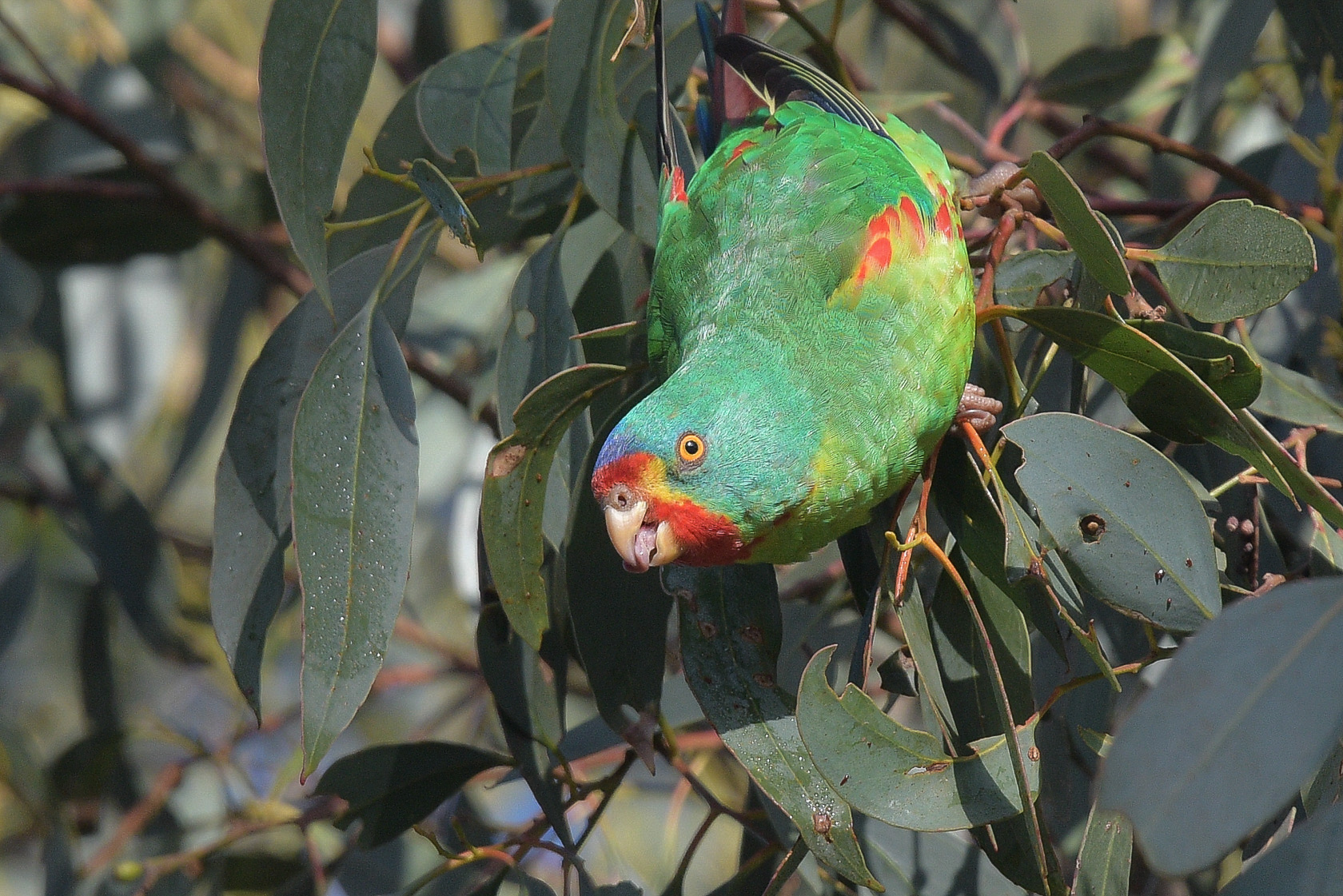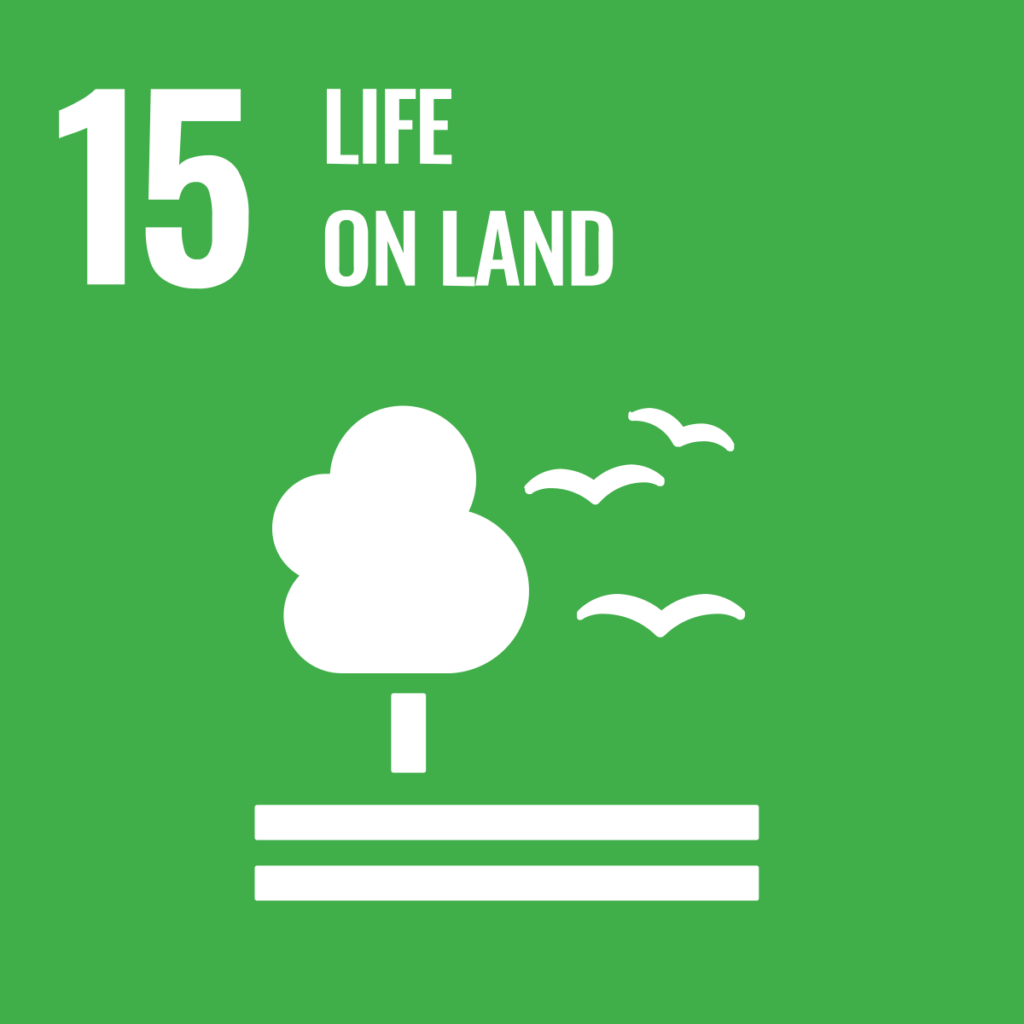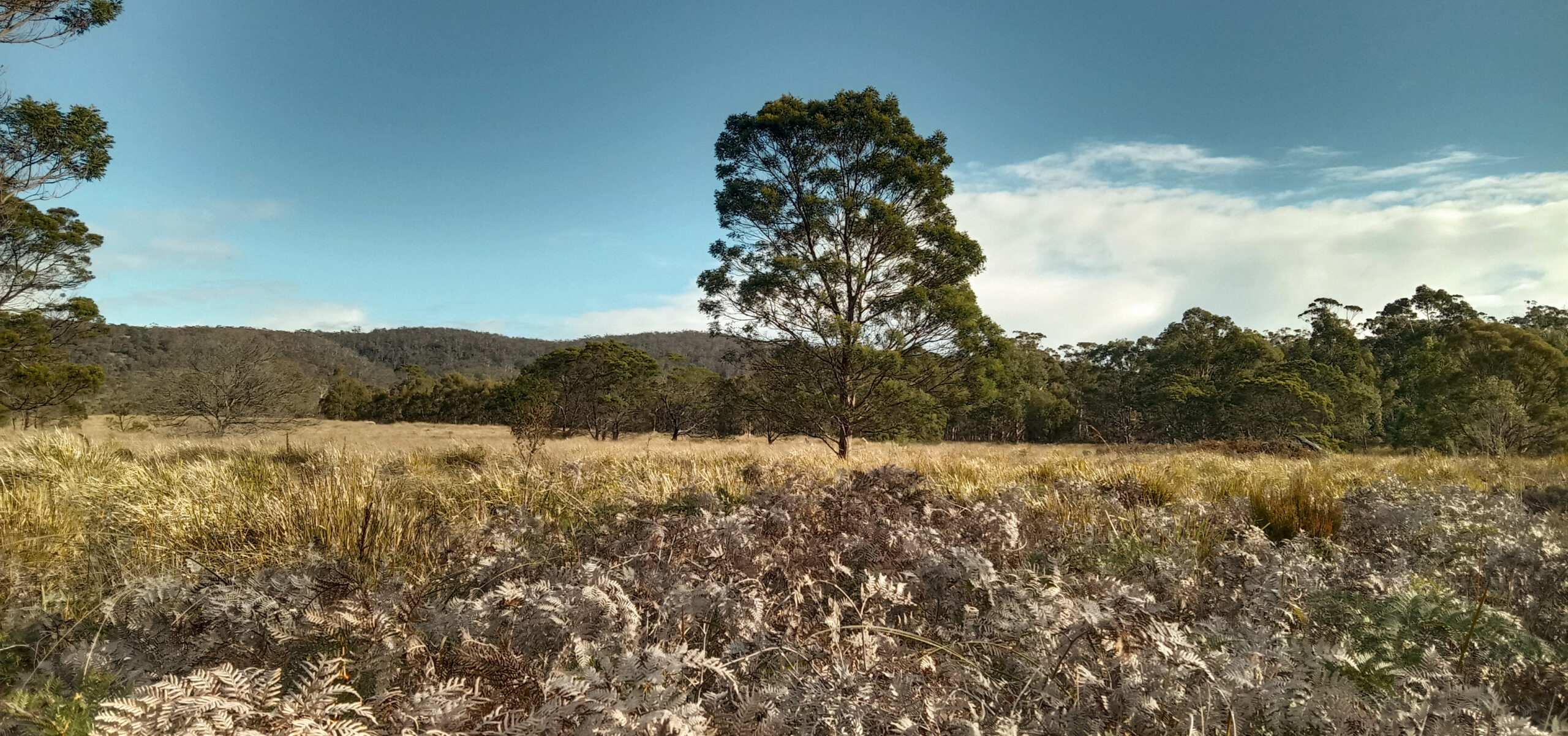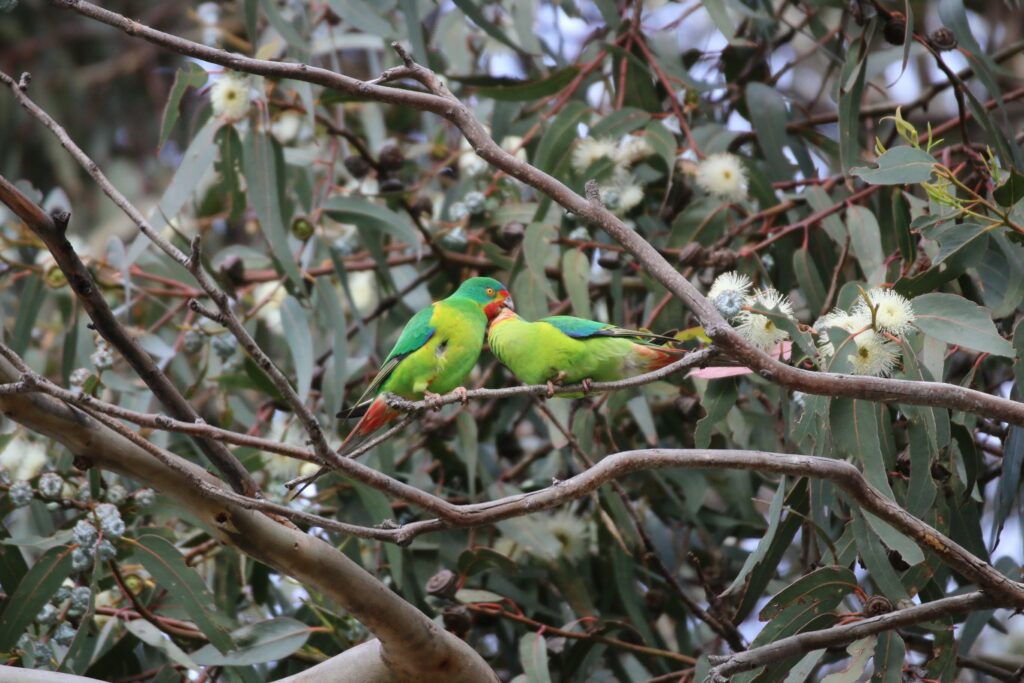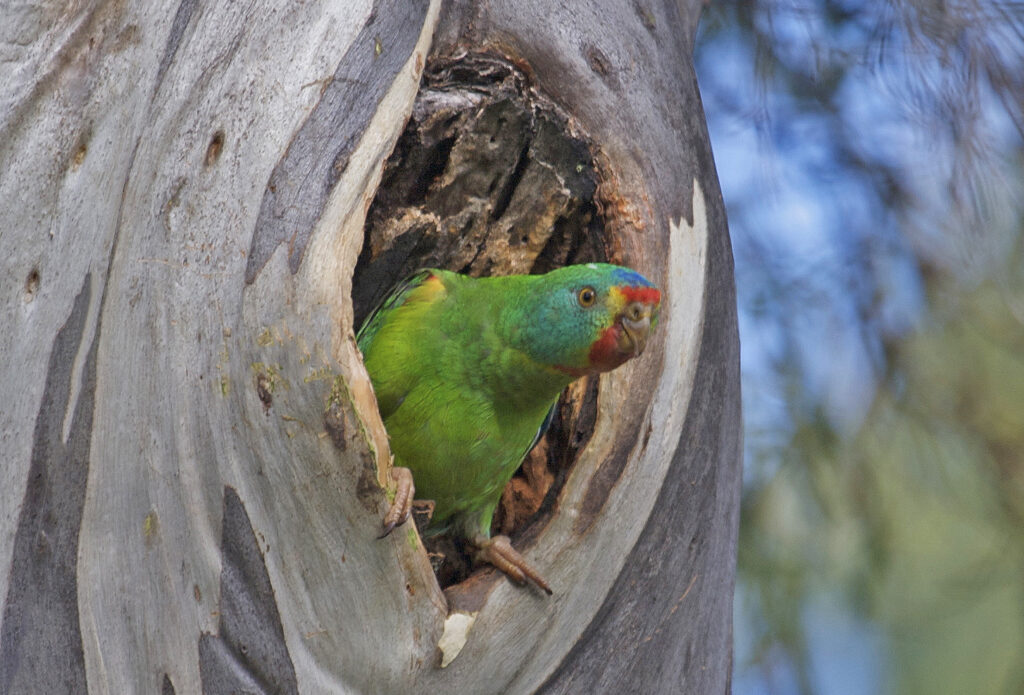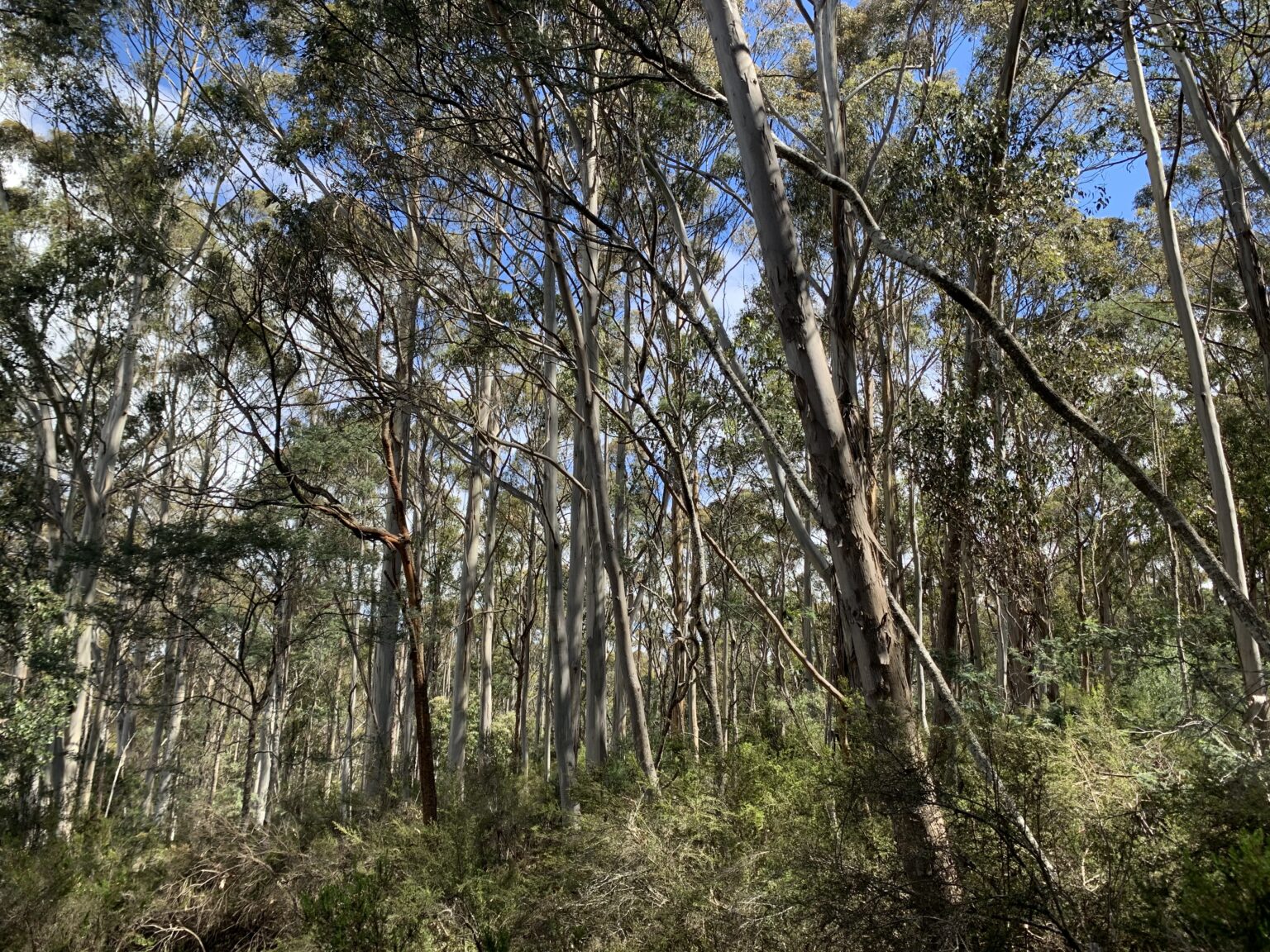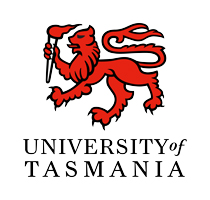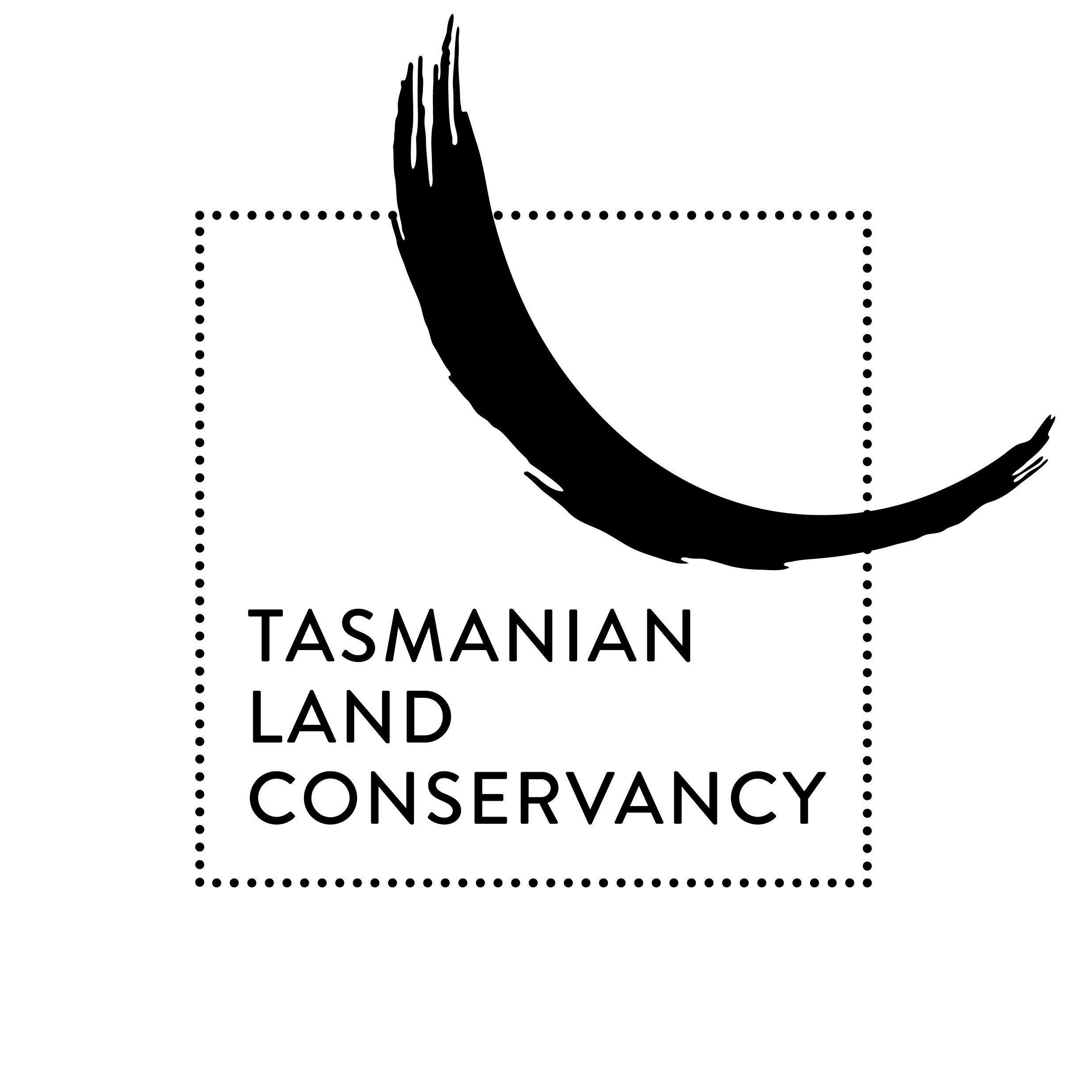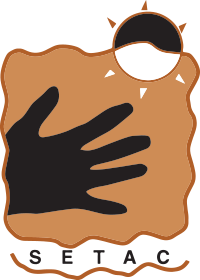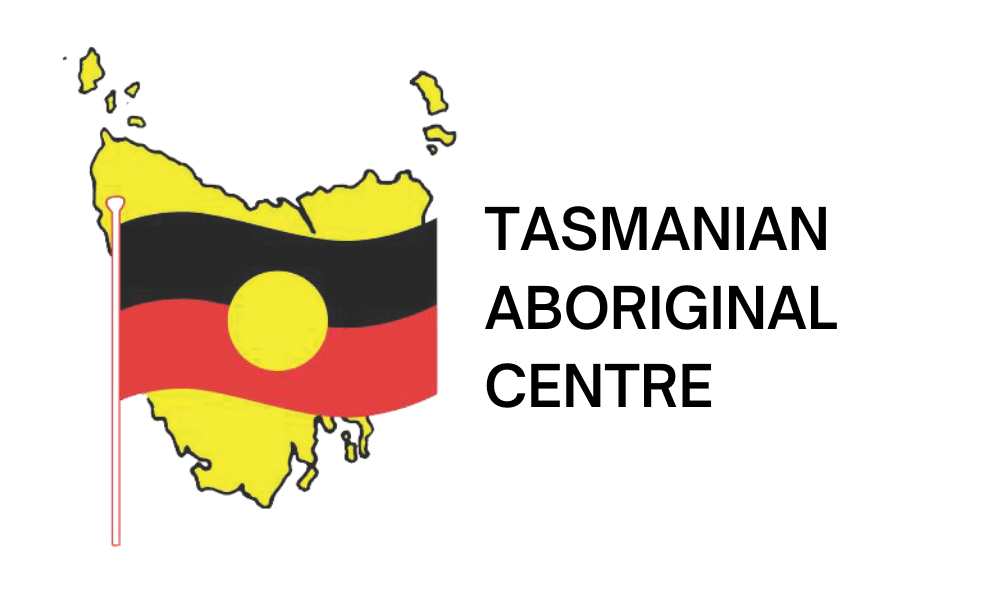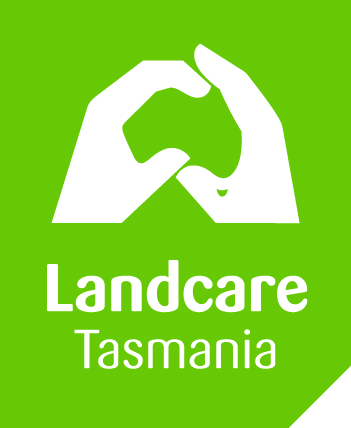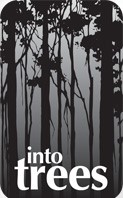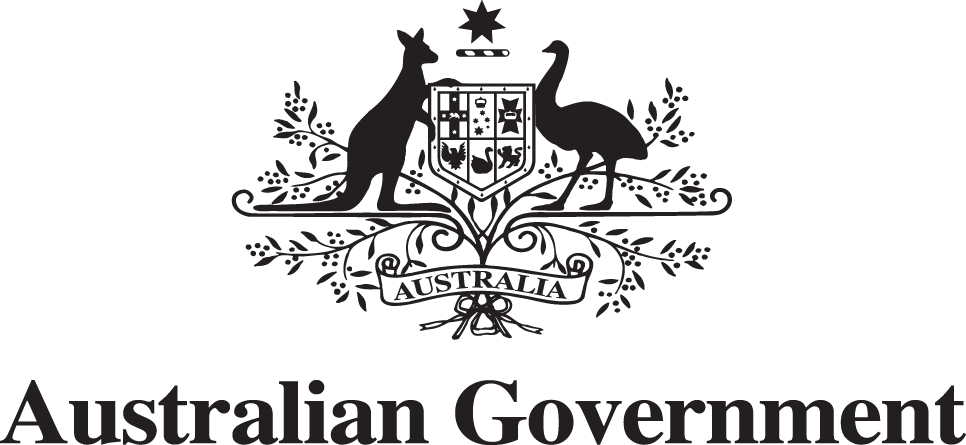Saving our Swift Parrots
Actions to protect, improve and manage habitat for Swift Parrots
The critically endangered Swift Parrot (Lathamus discolour) is a migratory species that winters on mainland Australia and breeds over summer in Tasmania. This project comprises of four areas of activity that aim to improve conservation outcomes for Swift Parrots, through improvements to management actions within their breeding range.
Our Approach
This project will work with partners on the following actions;
- Increasing the amount of protected high quality swift parrot habitat on private land;
- Weed control and Swift Parrot nest box management in key breeding habitat;
- Engaging, educating and empowering the Tasmanian Aboriginal community in protecting, improving and managing Swift Parrot habitat;
- Developing climate models to predict flowering patterns and identify potential climate refugia, and
- Providing land managers with timely updates on likely annual breeding locations.
PROJECT PILLARS
Background
Swift Parrot numbers are in decline and they are at risk from a number of factors, including habitat loss, competition for nesting sites and predation of chicks and eggs by sugar gliders.
The current estimated population stands at 300-750, and the population is predicted to decline by 92.3% over three generations (11 years). Under current trends, the predicted population size will be less than 100 by 2031.
Swift Parrot nesting locations are highly variable. They choose nesting locations based on flowering patterns so where they choose to nest varies from year to year. To ensure that project activities are targeting the right areas, at the right time, the project is using an adaptive management approach; regularly evaluating outcomes and modifying delivery mechanisms to suit.
This project is implementing actions from the Threatened Species Action Plan 2022 – 2032, aimed at reducing the key threat of habitat loss.
Conservation Agreements
NRM South will work with project partner, the Tasmanian Land Conservancy (TLC) to identify high-value Swift Parrot habitat on private land, and work with landholders to develop conservation agreements that will protect this habitat.
Through a previous Australian Government funded Swift Parrot project, NRM South worked with TLC on a similar process. Over the course of the project, over 100ha of important habitat was place under conservation covenant, adding to the extensive network of Swift Parrot habitat protected on private land in Tasmania. This project seeks to further enhance this network by incorporating an additional 100 hectares of high-quality habitat.
Covenants will be established through the NRE Tasmania’s Private Land Conservation Program (PLCP). The PLCP provides a coordinated, targeted and rigorous approach to the establishment of voluntary conservation covenants with private landowners.
Empowering the Aboriginal Community
Through this project, we will work with the Tasmanian Aboriginal community to manage habitat for Swift Parrots. We are working with the Tasmanian Aboriginal Centre (TAC) on Swift Parrot habitat restoration through gorse distribution surveys and weed removal across 20ha at a TAC property near Little Swanport. Gorse infestations not only increase the impact of fires (by increasing heat at the base of trees) but may also impact on recruitment of seedings and overall forest health.
We will also be delivering a tree climbing program to train South East Tasmanian Aboriginal Corporation (SETAC) rangers to safely manage Swift Parrot nest boxes on the weetapoona property, Murrayfield, on Bruny Island. Active management of Swift Parrot nest boxes is vital for minimizing their use by feral species such as common starlings.
Through these actions., this project is supporting greater autonomy in the management of Country, a decrease in fire risk and an increase in quality of Swift Parrot habitat.
Community Engagement
Through a series of community engagement events being delivered by project partner Landcare Tasmania, we will highlight the key threats to Swift Parrots and how they are being addressed through this project. Key messages include the value of tree hollows to hollow-dependent species, the need to protect Swift Parrot habitat, the introduced status of sugar gliders and their impacts on Swift Parrots, and guidance on minimising impact on important habitat when harvesting firewood. These events will increase awareness on the plight of Swift Parrots and empower the community with the skills and knowledge to protect and restore Swift Parrot habitat.
Predictive Models
We are working with project partner the Australian National University to develop a predictive model of annual flowering patterns in the Swift Parrot’s breeding range. Researchers at the Australian National University will collect annual data on bud and flower development from over 1,500 individual food trees alongside weather data to;
- identify predictors of Eucalypt flowering behaviour based on lagged weather events,
- model the effect of a range of climate change scenarios to identify the impact of climate change effects and improve the long-term management of Swift Parrot breeding habitat, and
- provide annual advice on Swift Parrot breeding sites to land managers.
Project Goals
100 ha increase in Swift Parrot habitat protected through covenants on private land
Weed removal across 20 ha
Community engagement events
Develop a predictive flowering model
Past Projects
Protecting the Breeding Population of Swift Parrots
Through an Australian Government funded project that ran from 2018-2023, NRM South focused on increasing protection of good quality Swift Parrot habitat on private property and reducing predation of Swift Parrots by sugar gliders. Through this project, over 100ha of high-quality habitat is now protected in perpetuity under conservation covenants, adding to the extensive network of Swift Parrot habitat protected on private land in Tasmania. Methods and techniques for trapping sugar gliders were also refined, however, the lack of understanding of sugar glider ecology in Tasmania means the potential effectiveness of a control program is unclear, making it very challenging to design effective management interventions.
Read more here.
